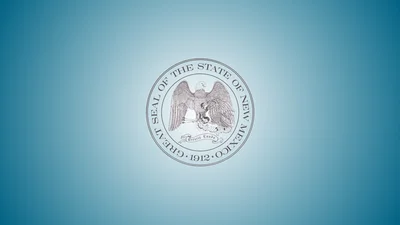The University of New Mexico (UNM) has recently announced a collaborative Memorandum of Understanding (MOU) with the National Radio Astronomy Observatory (NRAO) and Associated Universities, Inc. (AUI) in order to explore potential partnerships for future radio astronomy initiatives in the United States. This partnership aims to focus on the development of the next-generation Very Large Array (ngVLA) and Very Long Baseline Array (VLBA).
According to a press release, UNM's College of Arts & Sciences' Department of Physics & Astronomy is being considered as a potential location for the ngVLA Data Processing and Science Operations Center. The ngVLA, currently in the design phase with support from the National Science Foundation, aims to enhance the sensitivity and spatial resolution of the Jansky Very Large Array (VLA) and VLBA.
The collaboration between NRAO, AUI, and UNM will allow for close collaboration between researchers from both organizations and provide valuable opportunities for UNM students to work alongside world-class radio astronomers and engineers from AUI/NRAO. This collaboration will not only contribute to advancements in the field of radio astronomy but also help keep the state of New Mexico at the forefront of radio astronomy research.
James Holloway, UNM provost and executive vice president for academic affairs, expressed his excitement about the partnership, stating that it will enable UNM to work on the next generation of the Very Large Array, which will provide new insights into the universe, galaxy evolution, and the formation of planets. The MOU between NRAO and UNM strengthens their existing partnership and sets the foundation for significant cooperative work on the ngVLA, ensuring that New Mexico remains a key player in the field of radio astronomy.
Eric Murphy, the Project Scientist for ngVLA, also expressed his enthusiasm about the collaboration, stating that they look forward to an exciting future with UNM. This partnership will undoubtedly contribute to groundbreaking discoveries and advancements in radio astronomy, while also providing valuable educational opportunities for UNM students.








